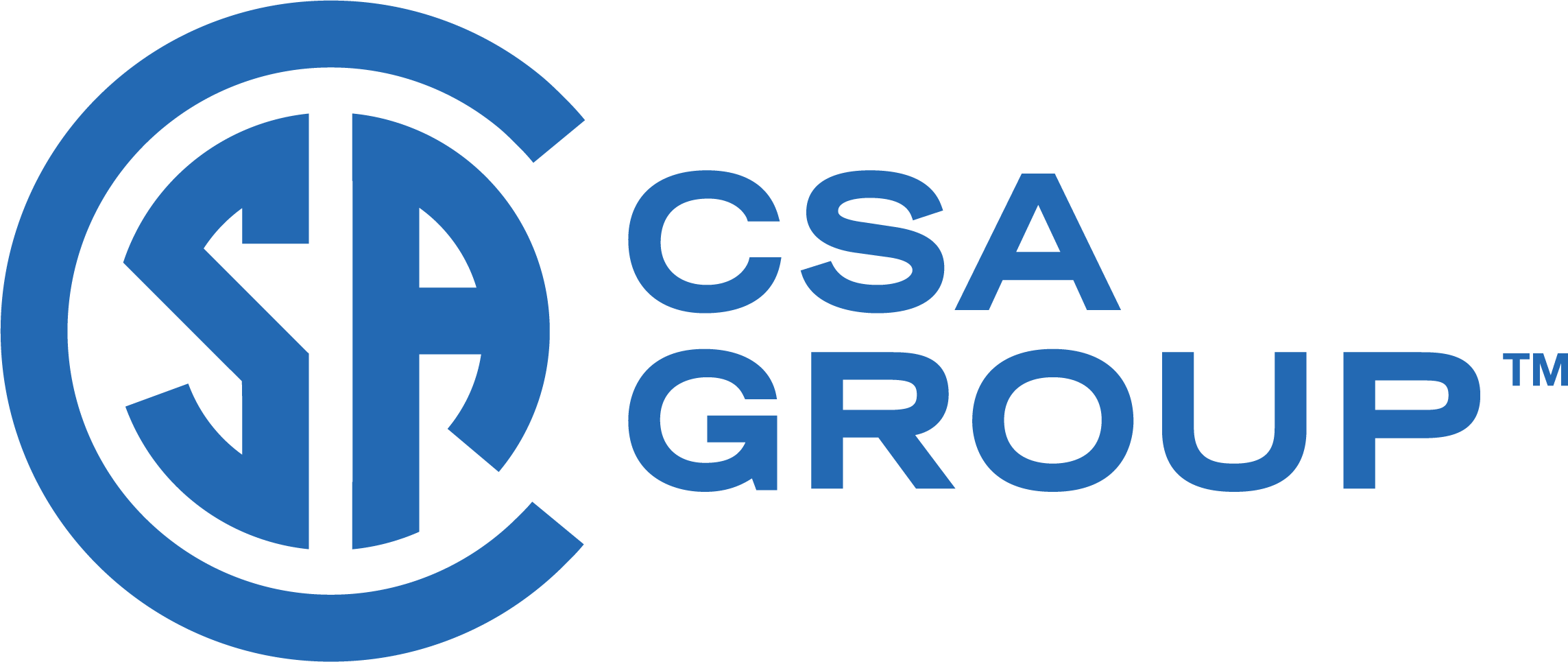

Features
How CSA standards can guide employers to protect workers’ mental and physical health
Sponsored


By Dr. Bill Howatt, Founder of Howatt HR, C0 – Founder MFIQinc, and Chair of the Technical Committee on the Management of Impairment in the Workplace, and Troy Winters, CUPE Senior Health Safety Officer and Chair of the CSA Strategic Steering Committee on Occupational Health and Safety. Written for CSA Group.
Though misuse of alcohol and other substances is a major concern in Canada’s workplaces, employers must be mindful of many other impairments like fatigue and psychosocial stress (e.g., work demands) that can negatively impact employees’ mental and physical health.
Workers who struggle to deal with stress and are caught in dysregulation are more likely to engage in at-risk coping behaviours like using alcohol or other substances to change their mental state. This can quickly escalate, resulting in a substance use disorder.
Employers committed to protecting workers’ mental health know that not all their stress is work-related. Financial concerns are a significant driver of personal stress that can negatively impact workers’ performance and well-being.
What can employers do to protect workers from the effects of stress?
The standards aim to reduce mental harm and promote mental health. Together, they guide employers in mitigating the risk of mental illness and substance use in the workplace.
- CSA Z1003: Creating a psychologically safe workplace. Experiencing excessive levels of negative stress over a period of time or trauma exposure can increase workers’ risk of mental distress and negatively impact their functioning and emotional well-being. CSA Z1003 helps organizations understand how psychosocial risk factors can cause mental harm and contribute to negative stress. It also guides employers in creating a workplace mental health strategy to prevent mental harm and support workers’ mental health.
- CSA Z1008: Recognizing the impact of substance use and all impairments. This standard focuses on substance use in the workplace and provides a framework for employers to manage all types of impairment, including fatigue. It offers considerations for communications and training to help organizations make their employees aware of the harms of substance use and how employers will respond when they suspect someone is experiencing impairment in the workplace.
The relationship between stress and risk of substance use in the workplace
Employers must be mindful that workers who cannot cope with stress impacting their experience and work are at statistically higher risk of engaging in at-risk coping behaviours such as substance use. It is helpful for employers to have programs that educate workers on developing their resiliency skills and seeking help when needed. Employers should know what they can do to reduce psychosocial stress.
Substance abuse or disorders negatively impact workers’ productivity, functioning, dependability, motivation, memory, problem-solving, and social skills.
Three practical steps to protect workers’ mental health
- Establish norms and expectations: using CSA Z1003 and CSA Z1008, define a program to protect workers from mental harm and support impaired workers. Successful programs adhere to a Plan-Do-Check-Act framework to ensure all policies and programs are working and doing what they are supposed to do.
- Deal with stigma: eliminate stigma to mitigate workers’ fear of seeking help for mental health or substance use concerns.
- Train leaders in duty to inquire: mental health conditions and substance use disorders can lead to conditions classified as disabilities under human rights legislation and frequently manifest as workplace behaviour changes. Leaders must know how to act when they suspect an employee may be experiencing a mental health concern or impairment. Leaders have a duty to inquire whether employees need help, creating an opportunity for their employer to fulfill their duty to accommodate.
CSA Group has developed tools to help implement CSA Z1008 in the context of psychologically safe workplaces. Learn more at CSA Group’s web site.
CSA Group always strives to provide up-to-date and accurate information. However, no representation or warranty, expressed or implied, is made that this information meets your specific needs, and any reliance on this information is at your own risk. Please contact CSA Group for more information about our services.
©2023 Canadian Standards Association. All Rights Reserved.
Print this page
